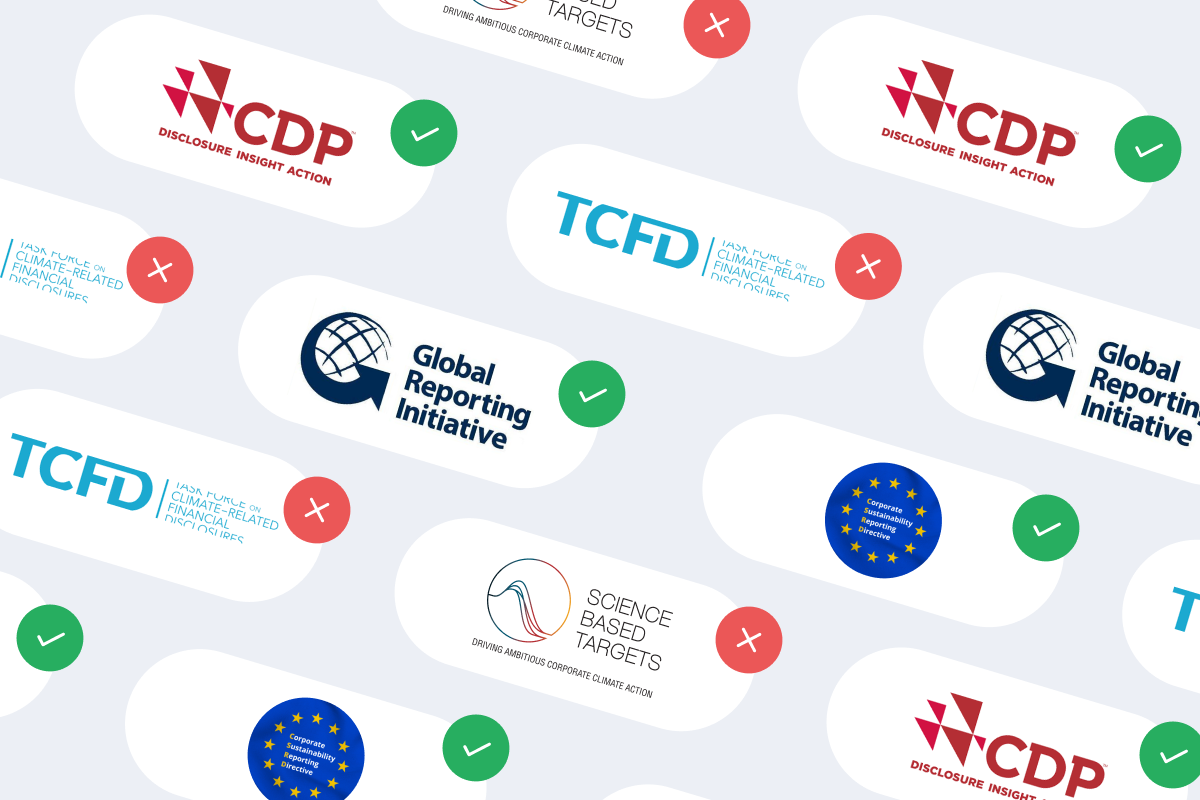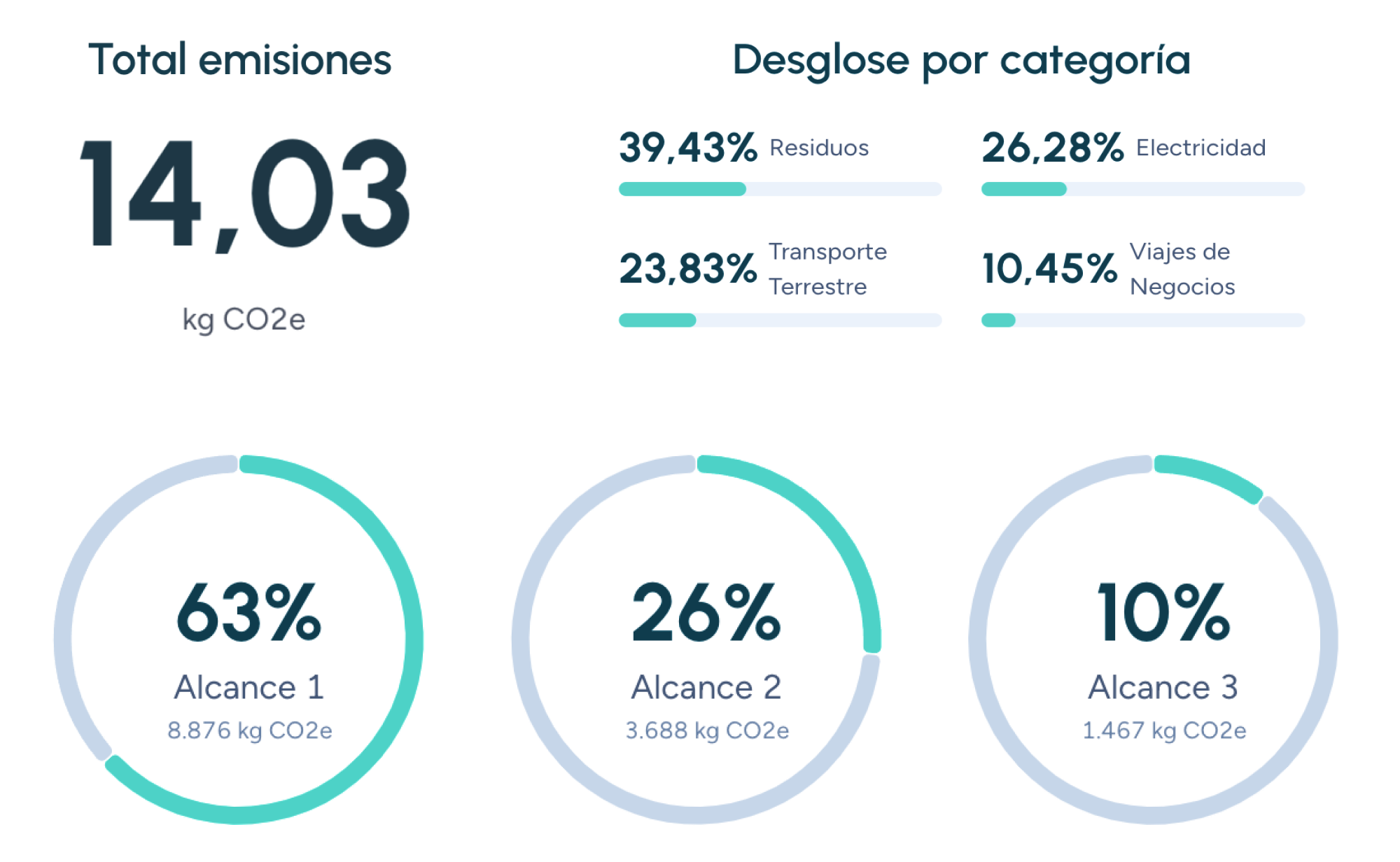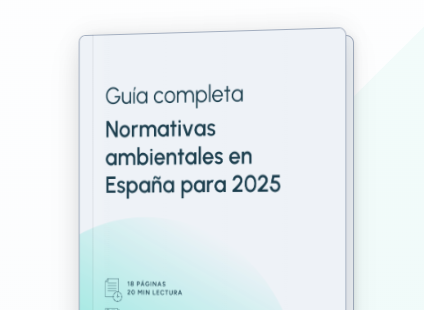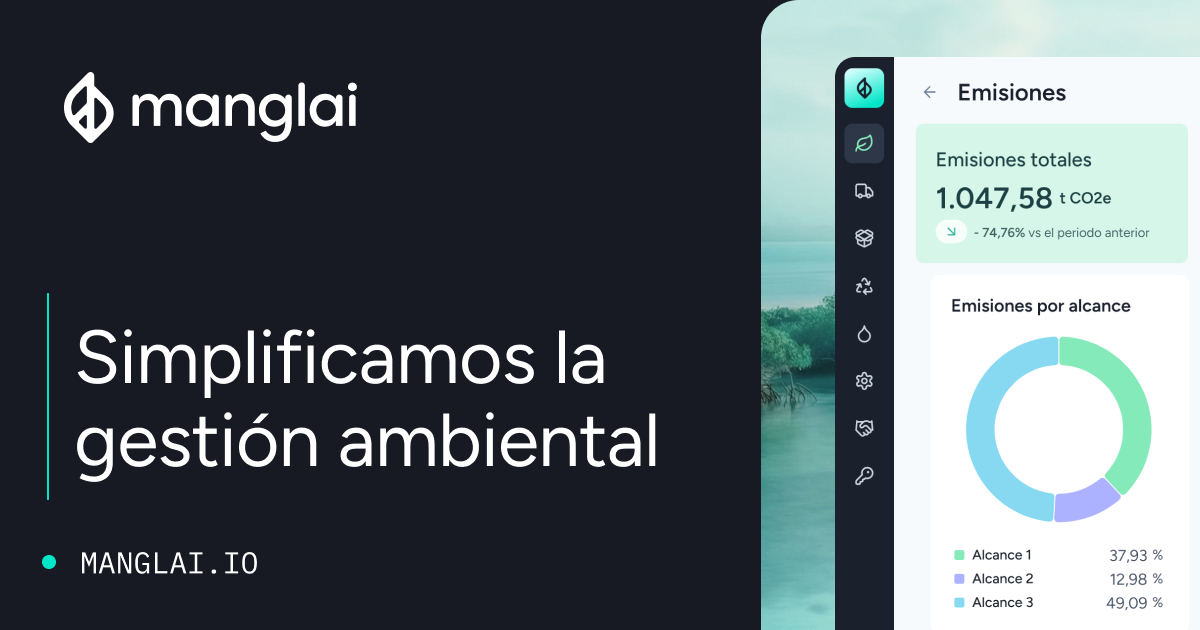Back to the blog
Water footprint
How to Measure the Water Footprint in Companies
Paula Otero
Environmental and Sustainability Consultant
A corporate water footprint is the total volume of freshwater, both used and polluted, that a company consumes across its entire value chain. Measuring it rigorously can cut operating costs by 15 % and boost brand reputation by 27 %, according to our latest analysis of 60 IBEX-35 companies.
Below you’ll find a clear, practical method to size your company’s water impact and optimize water management.
Why should companies measure their Water Footprint?
Tracking a corporate water footprint guarantees legal compliance, attracts sustainable investment, and demonstrably lowers operating expenses.
- Legal compliance: EU Directive 2020/2184 requires transparent water-use reporting from water-intensive sectors.
- Green financing: ESG funds penalize firms without verified water metrics.
- Instant efficiency: Process audits expose leaks and overconsumption; in food & beverage, cost per bottled liter can drop by up to 12 %.
Step-by-step methodology to measure the Corporate Water Footprint
Measuring a water footprint isn’t mere bookkeeping, it’s the gateway to data-driven water management that cuts costs, ensures compliance, and strengthens a company’s sustainability image. The following step-by-step method turns theory into practice; each phase delivers deterministic instructions and clear metrics so any organization can quantify, and then reduce, its water impact with maximum precision.
Step 1: Define the Scope
Start by setting operational boundaries: include every plant, office, and in-house logistics operation. Leading companies go further and extend the study upstream, since roughly 80 % of their total water footprint comes from agricultural suppliers.
For more on defining system limits, see Guide to Calculating a Product Water Footprint: Methods and Tools.
Step 2: Data Collection
Effective monitoring begins with hourly flow-meter readings accurate to ±1 %, supplemented by mass balances in CIP (Clean-In-Place) loops to verify real consumption and spot hidden losses. Installing Real Water Loss (RWL) indicators detects leaks early and quantifies the financial hit. Feed every digital meter into a Building Management System (BMS) to trigger real-time alarms—latency of about five seconds—and act instantly on deviations.
Step 3: Differentiate Blue, Green, and Gray Water
- Blue water: extracted from utilities, wells, or rivers.
- Green water: rainwater absorbed by crops—e.g., the moisture embedded in cardboard packaging.
- Gray water: the volume needed to dilute pollutants to legal limits.
For allocation criteria and to cut uncertainty, read Green Water Footprint: What It Is and How It Supports Sustainability.
Step 4: Turn Data into Clear Indicators
Gray-water footprint for a discharge
GrayWF = Ceffluent − ClimitCmax × Qeffluent
- C effluent: actual contaminant concentration (mg/L)
- C limit: legal target concentration (mg/L)
- C max: maximum allowable concentration (mg/L)
- Q effluent: discharge flow (m³)
Real-world example. A Barcelona bottling plant installed reverse osmosis, cutting COD from 620 mg/L to 200 mg/L and trimming its gray footprint by 18 000 m³ yr-¹, proving the direct payoff of optimized wastewater treatment.
Key Corporate Water-Footprint indicators
- m³ per tonne of product: Total water volume ÷ annual output. Target: < 4 m³ per tonne in dairy.
- Cost per m³: Total water spend (€) ÷ total volume (m³). Target: 10 % reduction in 24 months.
- Blue-footprint share : (Blue volume ÷ total volume) × 100. Target: < 30 % in water-stressed areas.
- Normalized footprint: m³ consumed ÷ € revenue. Target: 5 % drop each year.
Case study: Denim plant cuts Water Footprint 32 %
A Girona denim factory producing 120 000 pieces a month consumed 365 000 m³ of water a year—enough for 5 000 households. Management set a two-year goal to cut one-third of its footprint without hurting output or fabric quality.
Actions Taken
- Switched from dye baths to nebulized dyeing: 60 % water saved per cycle.
- Reused rinse water via ultrafiltration and reverse osmosis: 45 000 m³ recovered annually.
- Replaced 20 % of cotton with BCI cotton + recycled viscose: 35 % lower green footprint.
- Installed IoT sensors in wash loops; five-second leak alarms cut RWL by 70 %.
- Gamified operator training: each line competes for lowest m³ per 100 pieces; winners get quarterly bonuses.
Results after Two Years
- Total footprint: 365 000 m³ → 248 000 m³ (-32 %).
- Cost per m³: €1.12 → €0.87 (-22 %).
- Payback: 18 months via lower discharge fees and heating energy.
- Recognition: ISO 14046 certification plus a green loan at 1.2 points below market.
Find more best-practice cases in Corporate Water Responsibility: Keys to Managing Water in Business.
Advanced strategies to optimize the Corporate Water Footprint
- Water Life-Cycle Assessment (Water LCA) pinpoints high-consumption processes so investment targets deliver the highest ROI.
- Green-supply contracts for reclaimed water ease pressure on potable sources and cut unit costs in regions with tiered tariffs.
- Rainwater harvesting technologies on industrial roofs can meet up to 25 % of non-critical demand, markedly lowering the blue footprint.
- Internal gamification—quarterly rewards for the line with the lowest m³ per shift—spurs operator engagement and continuous improvement.
Deep-dive into LCA in Life-Cycle Assessment (LCA): How to Evaluate a Product’s Environmental Impact.
Corporate Water Footprint: Measure to lead
Companies that monitor their water footprint gain operational resilience and competitive edge. The five-step process, define, measure, classify, calculate, validate, delivers tangible results and positions the organization favorably before customers and investors.
FAQs about how to measure the Corporate Water Footprint
What’s the difference between measuring and offsetting a water footprint?
Measuring quantifies use; offsetting invests in projects that restore an equivalent water volume.
How often should a corporate footprint be reviewed?
Annually, or every six months in high-risk sectors.
Is any international standard mandatory?
None is legally binding, but ISO 14046 is the globally recognized framework.
Does digitalization really lower consumption?
Yes. Sensor tech and AI can slash hidden water use by 17 % in the first year.
Paula Otero
Environmental and Sustainability Consultant
About the author
Biologist from the University of Santiago de Compostela with a Master’s degree in Natural Environment Management and Conservation from the University of Cádiz. After collaborating in university studies and working as an environmental consultant, I now apply my expertise at Manglai. I specialize in leading sustainability projects focused on the Sustainable Development Goals for companies. I advise clients on carbon footprint measurement and reduction, contribute to the development of our platform, and conduct internal training. My experience combines scientific rigor with practical applicability in the business sector.
Content
Companies that trust us

Water Neutrality: Is It an Achievable Goal for Industry in Spain?
Discover whether water neutrality is viable for Spanish industry. Methods and strategies to reduce water consumption.
08 December, 2025
Technologies for Optimizing the Water Footprint in the Textile and Agri-Food Industries
Discover how digitalization, water reuse, and artificial intelligence are transforming water management in the textile and agri-food sectors
29 October, 2025
Strategies to Reduce the Water Footprint of Companies
Learn techniques and tools to minimize water impact in processes and products.
03 September, 2025
Guiding businesses towards net-zero emissions through AI-driven solutions.
© 2025 Manglai. All rights reserved
Política de Privacidad


